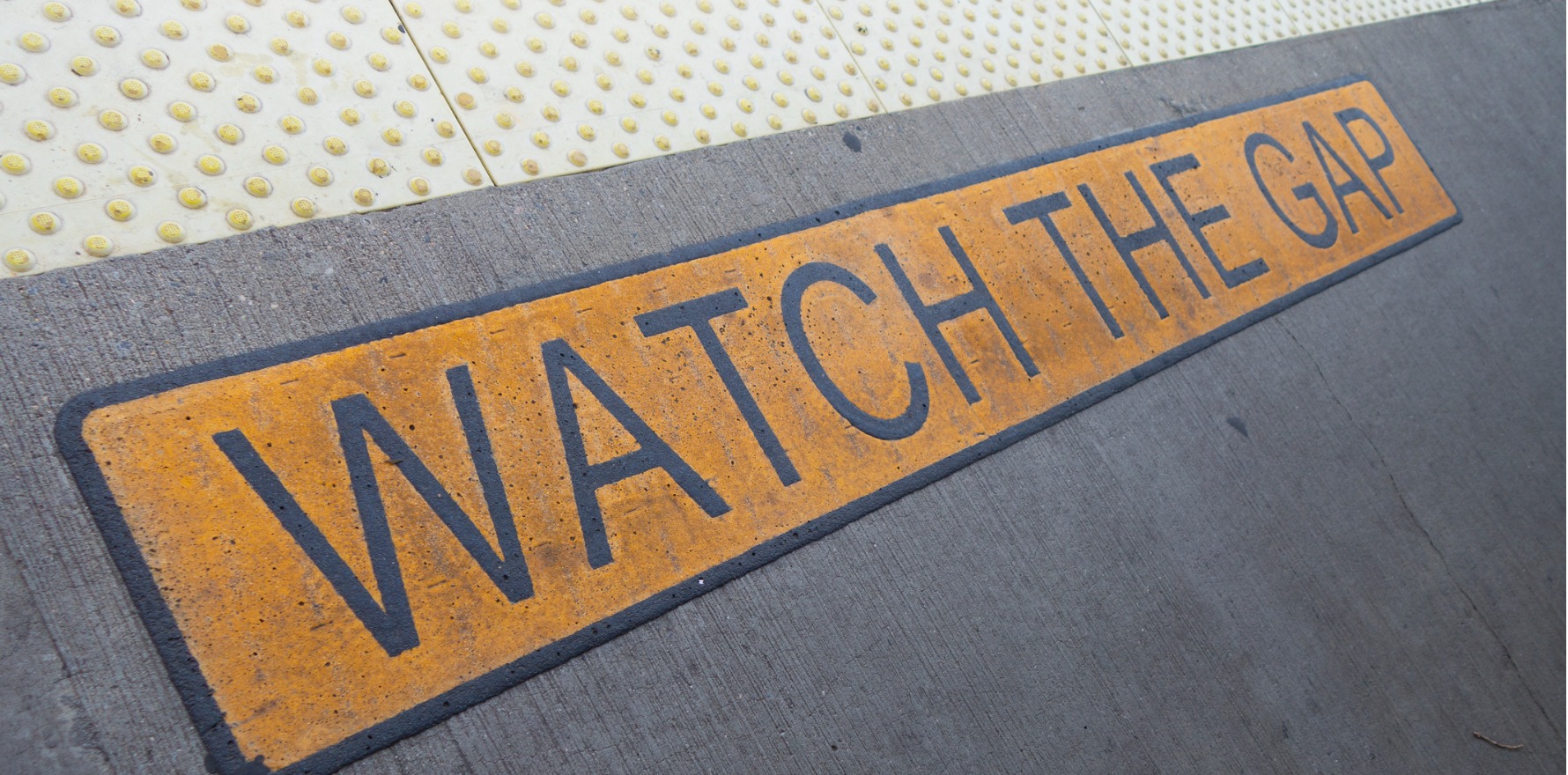With GP gap costs rising, patient attendance is starting to dwindle.
The average out-of-pocket cost of a GP appointment in 2023 is $42.33, according to new Australian Institute of Health and Welfare figures.
It represents a slight fall from the average in 2022 of $44.54, but at the same time there has been a marked increase in the proportion of privately billed services.
In January 2022, just 12% of GP services were privately billed, but by June 2023 this had risen to 20.93%.
It appears, then, that former RACGP president Adjunct Professor Karen Price’s call for GPs to privately bill “as many people as they can” was heard loud and clear.
Professor Price made her plea in October 2021, just after the private billing rate had reached an all-time low in 2020 due to the mandatory bulk billing of telehealth consults at the beginning of the pandemic.
“The relationship between MBS reforms and the GP [private billing] rate underscores the importance of monitoring and evaluating the impact of policy changes on the affordability of GP services for individuals and the wider healthcare system,” the AIHW wrote.
The true strength of that relationship will be tested over the next 12 months, with the tripled bulk billing incentive going into action on Wednesday 1 November.
If the AIHW is right and MBS reforms do have a sizeable impact on billing habits, it can expect to see only a small rise in the proportion of private billing come 2024.
While 20% isn’t the highest proportion of private billing in the history of Medicare – that’d be 45% in 1984, the year it started – or even the highest proportion of private billing this century – that would be 31% in 2003 – it does represent a significant year-on-year rise.
The average co-payment amount has steadily risen with time, so the gap people were paying in 1984 and 2003 was substantially lower, at around $10 and $25 respectively (adjusted for inflation).
While patients in disadvantaged areas still pay less out of pocket than patients in the wealthiest neighbourhoods, that difference is slowly eroding.
“In the most disadvantaged areas, the average OOP costs increased by 126% [between 2002 and 2022], rising from $17.31 to $39.14, while in the most advantaged areas, the average OOP costs increased by 80%, from $25.04 to $45.11,” the AIHW said.
According to the institute’s analysis of monthly data from the last year, there is a moderately strong negative linear relationship between out-of-pocket costs and the number of GP services.
In other words, fewer people went to the doctor when prices were higher.
Given that (with the exception of 2022-23) the average out of pocket amount is trending inexorably upward, falling patient attendance could spell bad news for general practice.
The good news is that the AIHW boffins reckon that people are likely more sensitive to the rising cost of a GP visit than they would usually be, due to rising inflation and interest rates causing them to tighten their purse strings.
Analysing data over a longer period of time, patient attendance has historically risen despite increased out-of-pocket costs, which the AIHW said was partly explained by the fact that average incomes have tended to increase faster than average OOPs.





